Disposing of poison ivy--how?
sujiwan_gw 6b MD/PA
17 years ago
Featured Answer
Comments (25)
anitamo
17 years agoIris GW
17 years agoRelated Professionals
Clark Landscape Architects & Landscape Designers · White Oak Landscape Architects & Landscape Designers · Buford Landscape Contractors · Americus Landscape Contractors · Goodlettsville Landscape Contractors · Mendota Heights Landscape Contractors · Riverhead Landscape Contractors · Eastlake Landscape Contractors · Burbank Fence Contractors · Centennial Fence Contractors · Oxnard Fence Contractors · Tulsa Fence Contractors · Nipomo Fence Contractors · Bonita Siding & Exteriors · Hacienda Heights Siding & Exteriorsnywoodsman
17 years agogoodhors
17 years agofelixzippy
17 years agoturbo_tpl
17 years agoblossom_in_the_sun
17 years agogreenthumbannie
17 years agoleslies
17 years agojoepyeweed
17 years agoannebert
17 years agoleslies
17 years agojoepyeweed
17 years agojanmhenry_yahoo_com
17 years agoklickitat
17 years agomkrkmr
17 years agofrenchyraf
11 years agorhizo_1 (North AL) zone 7
11 years agoprodigalcat
11 years agoPanache interiors inc
8 years agowisconsitom
8 years agosujiwan_gw 6b MD/PA
8 years agowisconsitom
8 years agoTerry Quinn
5 years ago
Related Stories

GROUND COVERSNative Alternatives to English Ivy, Japanese Pachysandra and Periwinkle
These shade-loving ground covers are good for the environment and say something about where you are
Full Story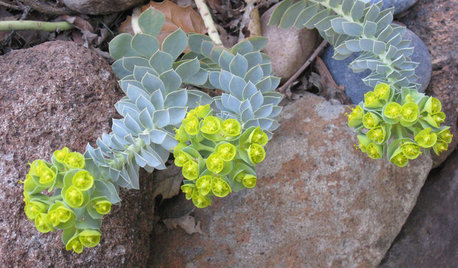
BLUE AND GRAY FOLIAGEGreat Design Plant: Donkey Spurge
Yes, there's the awful name, plus the sap issue. But this plant's foliage and flowers bring something special to Eastern U.S. gardens
Full Story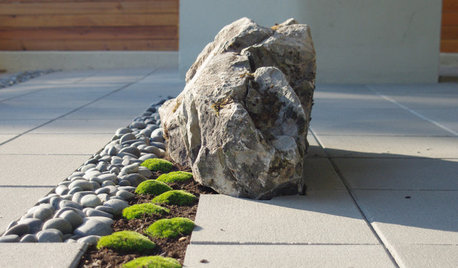
LANDSCAPE DESIGNDare to Mix Things Up in the Landscape
Courageously contrast plantings, materials and structures in your garden to create unexpected beauty and intrigue
Full Story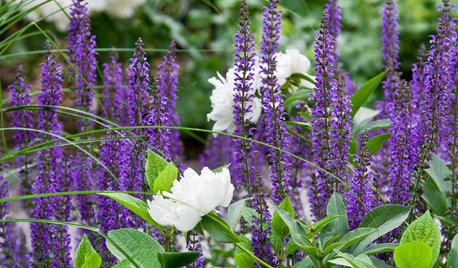
GARDENING AND LANDSCAPINGGarden Tour: Colorful, Serene Woodland Near Boston
Exuberant perennials, outdoor rooms and a surrounding woodland come together to create a beautiful landscape in Massachusetts
Full Story
GARDENING GUIDESPrunus Virginiana Thrives Under Deciduous Trees
Plant chokecherry for showy white flowers favored by native bees in spring, and to provide nesting habitat and food for birds
Full Story
PETSGarden Alert: 22 Plants to Keep Away From Pets
Avoid potential danger by keeping dogs and cats away from these landscaping and houseplant favorites
Full Story
ECLECTIC STYLE5 Reasons to Hit That Secondhand Store
New things have their place, but old things have a history and beauty all their own
Full Story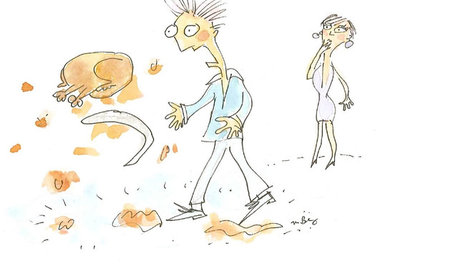
MOST POPULARThanksgiving Tales: When the Turkey Tanks
Houzz readers prove adept at snatching victory from the jaws of entertaining defeat
Full Story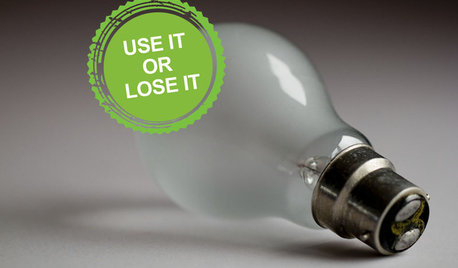
DECORATING GUIDESLose It: How to Get Rid of Old Light Bulbs
When the light goes out, you'll want to get rid of the bulb safely. Here's how
Full Story
EDIBLE GARDENSNatural Ways to Get Rid of Weeds in Your Garden
Use these techniques to help prevent the spread of weeds and to learn about your soil
Full Story






catherinet